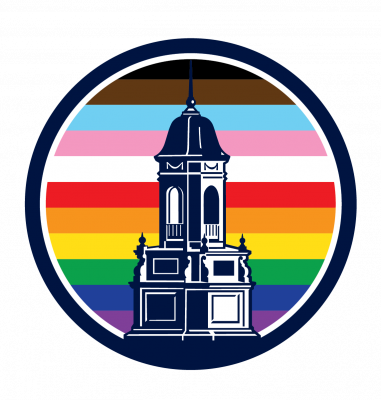
George Adams, Micrographia Illustrata, 4th ed. (London, 1771), retrieved from babel.hathitrust.org
Visual technologies have conditioned us to dramatic alterations of size and scale, but in the eighteenth century, they still retained a considerable shock factor. Microscopy, for instance, was likened to a type of travel, a way to enter a previously unknown “Magazine of Wonders.” The London instrument-maker George Adams endeavored to popularize it among non-specialists and, not incidentally, improve his sales through the many editions of his Micrographia Illustrata. He assured his readers that everything they took for granted—blight on rose leaves, mold on bread—would transform into something new and entirely unanticipated when magnified. “The whole Earth is full of Life,” he wrote, “and then if we call in the Assistance of Art, what a new Scene of Wonder opens to our View? What an infinite Variety of living creatures present themselves to our Sight?” Even more exciting was the practice of solar microscopy, in which the magnified view was projected on a wall, giving observers the sense of entering into the object itself. In his book, Adams describes the act of magnification as an early form of virtual reality that allowed viewers to set off into new and bewildering landscapes. And, of course, he provided a catalogue of instruments and prices at the end of the volume, just in case anyone was interested.
-Elizabeth Athens
Assistant Professor
Department of Art and Art History
University of Connecticut

